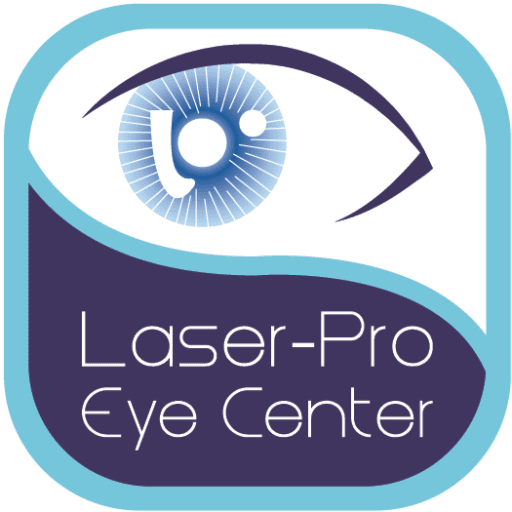Keratoconus
Treatment
What is Keratoconus?
Keratoconus is an eye disease involving the cornea. “Kerato” refers to the cornea and “conus” refers to the conical shape of the cornea. As the name suggests, the disease causes progressive thinning of the cornea causing it to lose its normally spherical shape and bulge forward to take on a conical shape. As a result, light rays fall out of focus, thus causing blurred vision.
An eye examination at this stage typically shows an increase in short-sightedness and astigmatism. The onset of keratoconus is usually in the teens to early twenties. It typically affects both eyes, although one eye may be affected more than the other.
Diagnosis
The diagnosis of keratoconus can be made by a cornea specialist who may see typical findings on a slit-lamp examination. In early stages, these eye findings may not be obvious, and the diagnosis is made by computerised videokeratography only. As corneal collagen cross-linking can prevent the progression of keratoconus, it is important that teenagers with progressive short-sightedness and astigmatism be screened for keratoconus.
There is no way to tell how fast keratoconus will progress but as the disease advances, the cornea will bulge more and the vision will worsen. In very severe cases, a membrane within the cornea may tear resulting in a sudden drop in vision. This is known as corneal hydrops. The cornea swells and this condition may persist for weeks or months, ultimately resolving with a corneal scar.


Causes
No one really knows what causes keratoconus. It may be inherited or associated with other medical conditions such as Down’s syndrome or allergic eye disease.
Treatment
Treating keratoconus involves halting the progression of the disease and correcting the vision. Corneal cross-linking is a relatively new treatment option to halt the progression of keratoconus. In most cases, it involves removing the surface layer of the cornea and instilling riboflavin (a type of vitamin B) onto the cornea. This is then activated with UV light. The subsequent reaction creates additional bonds between collagen fibres which strengthen the cornea.
Methods of improving vision include the use of spectacles or soft contact lenses in mild cases. However, as the disease progresses these are no longer suitable options due to the highly irregular cornea.
Treatment options for moderate to severe disease include:
1. Rigid Gas Permeable Contact Lenses (RGP)
No one really knows what causes keratoconus. It may be inherited or associated with other medical conditions such as Down’s syndrome or allergic eye disease.
2. Intacs
Intacs is a type of corneal ring segment that can be implanted into the cornea in order to improve vision. The implant flattens the cornea enabling light rays to focus properly on the cornea.
3. Corneal transplant
Corneal transplantation is a type of surgery that aims to remove diseased corneal tissue and replace it with healthy donor tissue to improve vision.
This may be a full-thickness or partial-thickness transplant, depending on the severity of the disease.
LE keratoconus

RE keratoconus

